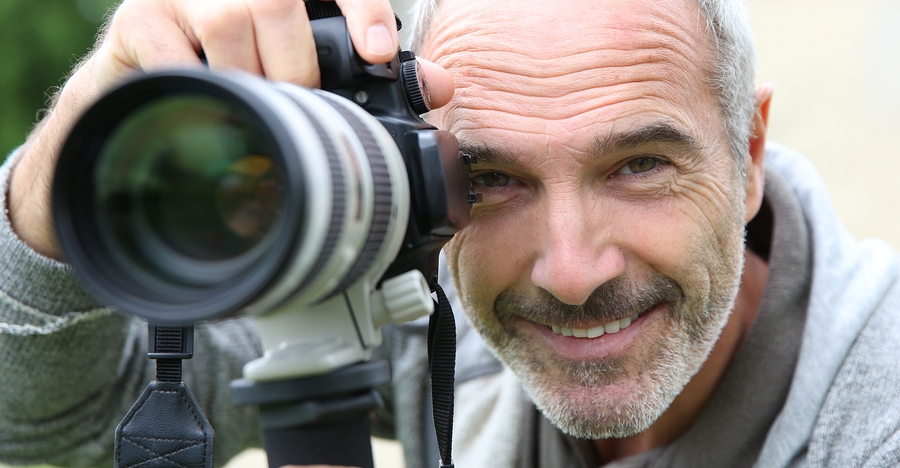One of the reasons I love photographing children is that they never fake their emotions.
When a toddler smiles, it’s always a genuine smile and that shows in the image. Photographing adults is a lot harder. I see a lot of portraits where the photographer has carefully thought of every detail; the background, the lighting, the correct camera settings – but there’s one thing that makes the image less than perfect and that is a fake smile. So how can you tell the difference between a fake smile and a genuine one? And more importantly, how do you make people smile “from the bottom of their hearts”? Professional photographer and certified body language trainer Dee Libine is giving us her best tips.
So what’s the difference between genuine and a fake smile?
- A genuine smile is visible mainly in the eyes. Smiling eyes are relaxed, with raised cheeks, and a nice tension appearing on the side of the eyes. The mouth can be anywhere from slightly raised or wide open, but it’s the eye action (not the mouth) that communicates the honesty of a smile.
- A fake smile on the other hand, will have no, or very little, eye engagement. The mouth smile can still be very wide, but you will not see any action in the upper cheek and eye areas.
- The expression of contempt is often mistaken for a smile. The most obvious sign of disdain is a one sided smile, with the lip slightly pulled up.
How to get a real smile? Don’t say cheese!
It has become a habit for many photographers to shout out, “Say cheese!!!” to get someone to smile in front of the camera. But this method usually ends up with embarrassed grins, or fake smiles, instead of genuine ones.
So what should you do instead?
The only way you can get your subject to genuinely smile is to help them connect with a real feeling of happiness. Asking them to think of something, or someone, they love allows them to connect with a genuine feeling of happiness. As soon as you see it, let them know so they can feel it for themselves, and reproduce it. I ask my clients to give me a keyword for what they just felt and I use that for the rest of the shoot.
If they can’t think of anything, you can tell them a funny story, or a joke, and that can work really well, but can be a two edged sword if the joke falls flat and makes the situation very awkward instead.
Smiles are also a very useful barometer of your clients comfort level. If they can’t seem to relax and connect with a happy thought, it’s a good time to check your own body language and see if you are sending off stress, or discomfort, cues that they are mirroring back to you.
Read the full article with more tips over at Digital Photography School.
Source: Digital Photography School


don’t have them say “cheese”; have them say “money” instead.